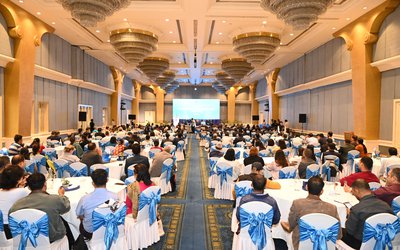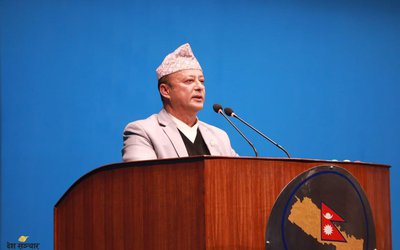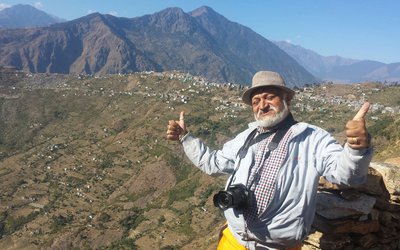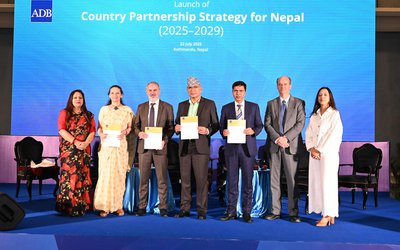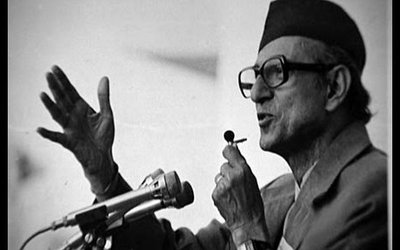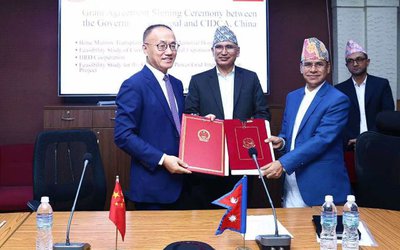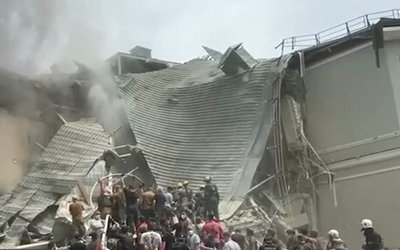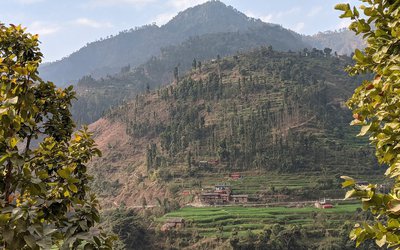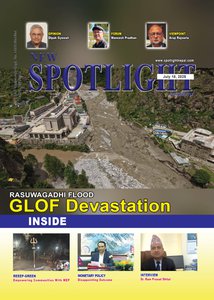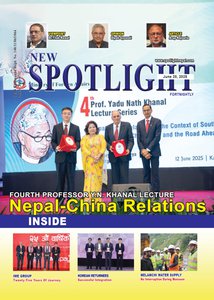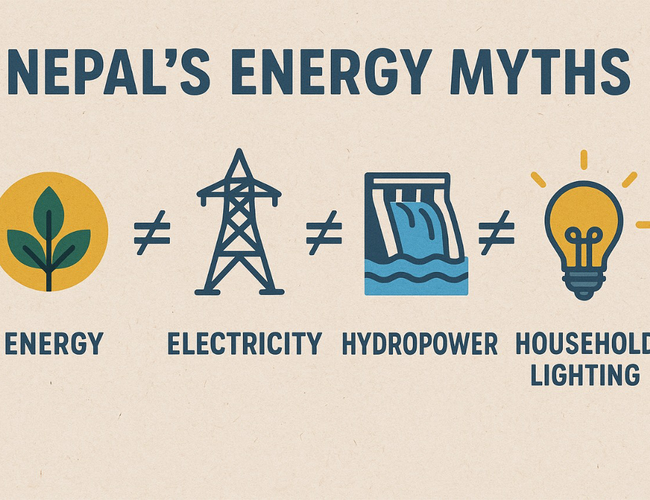
Nepal's energy discussion has traditionally revolved around a simplistic and outdated formula: Energy = Electricity = Hydropower = Household Lighting. This narrow perspective is prevalent in policy papers, political speeches, and public discourse. However, with Nepal facing increasing energy demands, escalating climate risks, and reliance on fossil fuel imports, it is evident that this misconception is hindering progress. The true energy requirements extend beyond just electricity. Many Nepalis still use firewood, LPG, diesel, and other fossil fuels for cooking, heating, transportation, and industrial purposes. Moreover, our hydropower-centric grid, susceptible to climate variations and seasonal changes, cannot consistently meet year-round demands. To establish a sustainable and inclusive energy future, we must transcend this antiquated narrative.
Beyond the Grid: Cooking, Heating, and Transport Still Run on Fire and Fossil Fuel
While 98% of Nepalis now have access to electricity, only a small percentage utilize it for cooking or heating purposes. More than half of household energy consumption is derived from biomass, mainly firewood. In urban areas, LPG has emerged as the primary cooking fuel. However, electric cooking technologies such as induction stoves and electric pressure cookers have not gained widespread adoption due to factors like expensive appliances, unreliable power supply, limited amperage, and infrastructure deficiencies.
In the transportation sector, which accounts for over 10% of national energy consumption, the country heavily relies on imported petroleum. Two-wheelers constitute nearly 80% of registered vehicles, but the transition to electric scooters is slow despite their cost advantages. Heating, particularly in hilly and mountainous regions, still relies on biomass and kerosene. Challenges such as seasonal electricity shortages and high infrastructure costs impede the electrification of heating systems.
These trends highlight a key realization: simply transitioning to electrification is insufficient. To make real progress, it is essential to address the essential services people require, such as clean cooking, heating, and mobility. This can be achieved through well-planned initiatives, fair energy pricing, and the adoption of decentralized technologies like solar pumps, electric cooking appliances, and EV charging networks.
Relying solely on hydropower presents challenges for Nepal. With more than 95% of its electricity coming from hydropower, particularly run-of-river schemes, the country faces a structural vulnerability. While these plants generate surplus power during the monsoon, they struggle to meet demand in the winter when heating and industrial usage peak. As a result, Nepal exports excess power to India and Bangladesh during the rainy season but must import electricity from India in the dry months, leading to energy security risks and trade imbalances. Despite having ample sunshine throughout the year, Nepal has yet to fully leverage its solar potential. Solar installations, both on rooftops and at a utility scale, remain limited, and wind energy development is minimal, despite being feasible in certain regions.
Diversification is crucial. Nepal needs to quickly incorporate solar, wind, and energy storage into the national grid. Solar power can help manage seasonal fluctuations and improve grid reliability. Installing rooftop solar panels on factories and commercial buildings can lower energy consumption and expenses. This also contributes to the green image of industries. Pumped storage hydro and batteries can ensure a stable energy supply and reduce peak demands. In addition to generation, improving efficiency is vital. By reducing transmission losses, promoting better cookstoves and electric pressure cookers, implementing passive building designs, and conducting industrial energy audits, Nepal can effectively manage energy demand and postpone the need for costly infrastructure expansion.
A New Approach to Energy Planning
Nepal's energy strategy should address practical needs rather than just political goals of expanding electrification. The comprehensive energy equation includes:
#Energy = Electricity + Cooking + Heating + Cooling + Transport + Process Heat + Efficiency ++
Each sector has unique energy requirements that cannot be addressed solely through hydropower or electricity. Nepal needs to shift from a hydropower-focused approach to a diversified energy strategy that caters to different needs. This includes implementing a Clean Cooking Mission to provide low-income households with induction stoves and pressure cookers, along with subsidized or discounted electricity. A national electric mobility plan should prioritize affordable electric two-wheelers and expand charging infrastructure beyond the Kathmandu Valley. Investing in solar-powered or electric irrigation and agro-electrification, with concessional loans and technical support, can increase rural incomes and reduce diesel usage. Provinces like Lumbini and Madhesh, with high energy demand and transmission losses, are ideal for solar and battery-backed systems.
Nepal should also prioritize energy efficiency by implementing enforceable standards for buildings, industries, and appliances to reduce fossil fuel consumption and manage peak loads. To finance this transition, Nepal can utilize the existing Central Renewable Energy Fund (CREF) or establish a new fund that allocates a portion of hydropower export revenue to develop solar, wind, storage, and efficiency projects. This will ensure long-term energy resilience.
Most importantly, Nepal requires comprehensive energy planning, not solely focused on electricity. This necessitates the annual release of a National Energy Balance report, encompassing all energy sources, and improved collaboration among various government bodies such as the Ministry of Energy, Water Resources & Irrigation, Electricity Regulatory Commission, Water and Energy Commission Secretariat, Nepal Electricity Authority, Alternative Energy Promotion Centre, as well as other relevant ministries, provincial, and local governments. The forthcoming National Energy Security Policy should embrace a broader perspective, addressing all aspects of energy usage, accessibility, and resilience, beyond just electricity provision.
Conclusion: Time to Break the Myth
In conclusion, it is time to dispel the misconception that "energy equals electricity equals hydropower equals household lighting" as it no longer aligns with Nepal's development objectives. While hydropower will remain significant, it is not a cure-all solution. Progress will be achieved by meeting people's genuine energy requirements, including clean cooking, efficient transportation, reliable heating, and sustainable energy for businesses. Nepal must move away from this outdated belief and embrace a more inclusive, diversified, and practical energy vision. The future of Nepal's energy sector extends beyond hydropower plants to encompass our homes, streets, schools, and agricultural lands. By reshaping the narrative, we can pave the way for a truly sustainable and resilient energy future.
Please note that the author, currently serving as Director at the Alternative Energy Promotion Center (AEPC), Ministry of Energy, Water Resources and Irrigation, Government of Nepal, expresses personal opinions in this article, which do not necessarily reflect the views of the author's organization. He can be reached at mukeshghimire.ku@gmail.com

